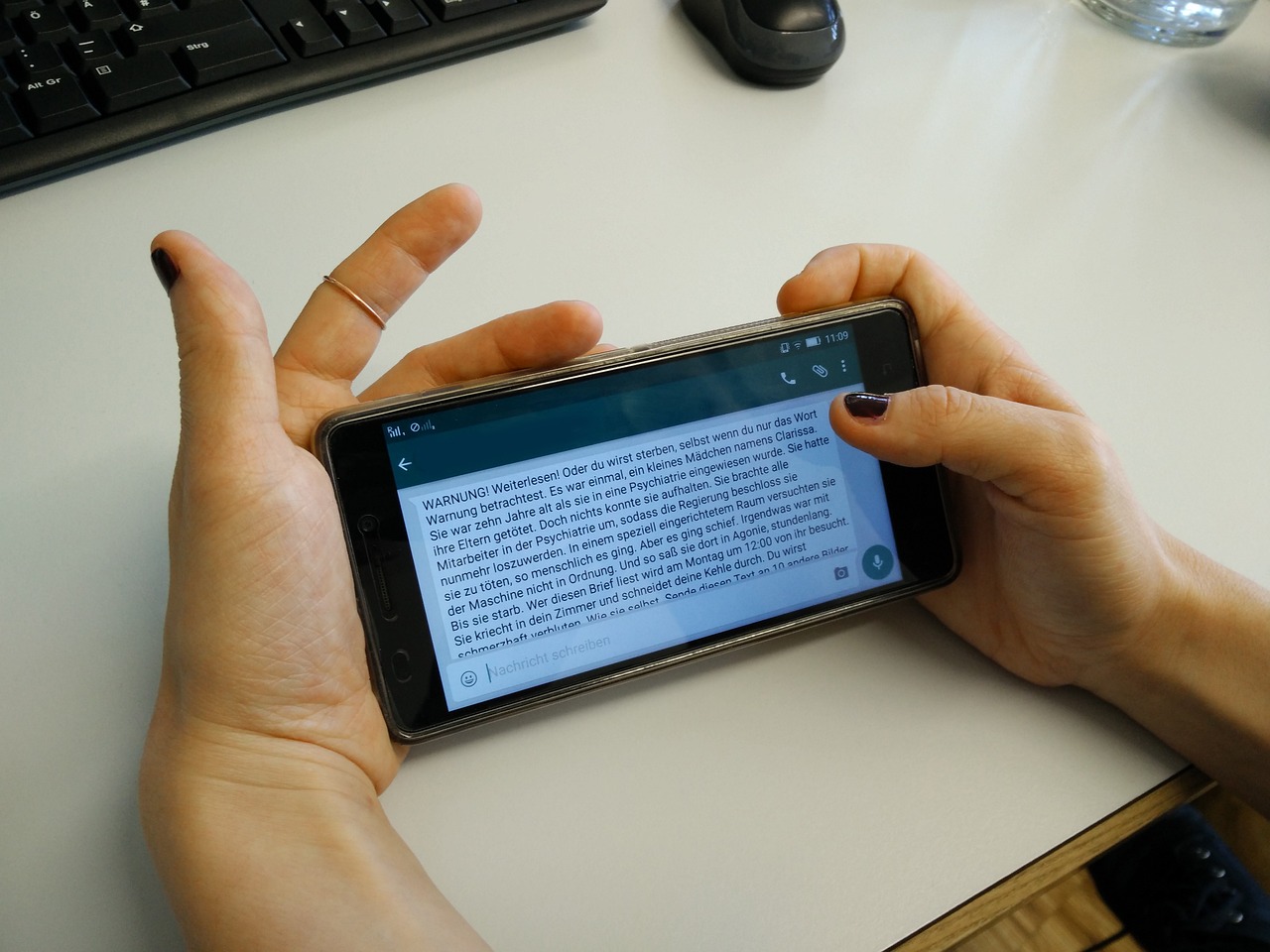According to the World Health Organisation (WHO), one in six schoolchildren between the ages of 11 and 15 was bullied on online platforms in 2022. This represents an increase of three percentage points over four years, according to a study published in Copenhagen on Wednesday.
“This report is an alarm signal that requires us to take action against violence when and where it occurs,” emphasised Hans Kluge, WHO Regional Director for Europe.
Cyberbullying has increased since the start of the coronavirus pandemic
According to the study results, the proportion of physical assaults remained almost stable at 11 per cent, compared to 10 per cent four years earlier. However, the second HBSC report showed that virtual forms of violence among peers have increased significantly since the start of the coronavirus pandemic. The current report refers to data for the period 2018–2022.
Around one in eight schoolchildren aged between 11 and 15 stated that they had already bullied someone in the digital space. A significant increase: while 11 per cent of boys stated in the 2018 report that they had bullied someone in the digital space, this figure has now risen to 14 per cent. For girls, the figure rose from seven to nine per cent.
“With young people spending up to six hours a day online, even small changes in bullying rates can have a profound impact on the health and wellbeing of thousands of people,” emphasised Kluge. According to the new study, 15 per cent of boys and 16 per cent of girls said they had been harassed online at least once in the past few months.
WHO in favour of better education on cyberbullying
The report focused on the patterns of bullying and violence among children and young people. It analysed data from more than 279,000 young people. Eleven to 15-year-olds are surveyed every four years for the HBSC study. The most recent survey in 2021/2022 was conducted in 44 countries and regions in Europe, Central Asia, Canada, and Austria. The HBSC study is supported by the World Health Organisation (WHO). The highest rates of cyberbullying were recorded among boys in Bulgaria, Lithuania, Poland, and Moldova, and the lowest rates were among boys in Spain. According to the study, the parents’ wealth had little influence. Only in Canada were girls from poorer families significantly more frequently affected by cyberbullying than girls from richer families.
“There is a need to analyse the different forms of peer violence better,” the report states. Young people, as well as families and schools, need to be better educated about cyberbullying and its effects. Online services should also be better regulated to limit the risk of this phenomenon. According to the study, some victims of bullying suffer from headaches, stomach aches, anxiety and depression. Many of those affected still feel the consequences years later.
- source: APA/picture: Bild von saferinternetat auf Pixabay
This post has already been read 1369 times!



